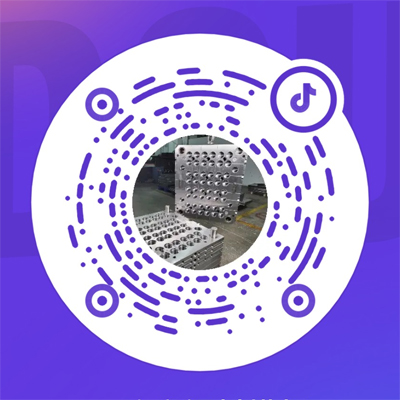Industry news
Die steel annealing process of incomplete annealing
Add Date: 2017/7/19 Clicks: 241
The annealing process for die steel takes a long time, in order to shorten the whole annealing process cycle, when the slow cooling to the desired organisation and hardness has been obtained (when the transformation has been completed) after the temperature, you can make it appropriate to quickly cool to room temperature. Annealing of die steel should be carried out in a heat treatment furnace with a protective atmosphere in order to prevent defects such as oxidation and decarburisation.The heating temperature for incomplete annealing of die steel is between the upper. Lower critical temperature between, usually slightly higher than the critical temperature. For sub-eutectoid steels, the heating temperature for incomplete annealing is between Ac1 and Ac3, while for super-eutectoid steels it is between Ac1 and AcCM.
When the hot-rolled steel is heated at the above temperature, only the original pearlite recrystallisation phase change occurs and austenite is formed, while ferrite (or carbide) is still present (their content changes with the temperature). During the cold process of annealing, the ferrite (or carbide) is unchanged, while the austenite is transformed into pearlite again. At this time their distribution is roughly the same as before the annealing. Only the thickness of the pearlite layer piece is changed due to the different cooling speed. The cooling speed is fast, the pearlite layer is thin, the hardness is higher; The cooling speed is slow, the pearlite layer is thick, its hardness is also lower. Therefore, from the steel heating organization transformation, incomplete annealing and complete annealing of the difference is: the former is only part of the recrystallization of the formation of austenite, while the latter is all recrystallization completely turned into austenite
The purpose of incomplete annealing of die steel is similar to that of complete annealing of die steel, but due to the inability to fully recrystallise at hot temperatures, all refinement of the grain is not good. The advantage of incomplete annealing is that the heating temperature is low, so it is more widely used. For example, because the forging stop forging temperature is correct (for sub-eutectoid steel, the correct stop forging temperature is only slightly higher than Ar3), did not cause grain coarsening, ferrite and pearlite distribution is not abnormal, this time the use of incomplete annealing can meet the requirements, and do not have to be fully annealed.


